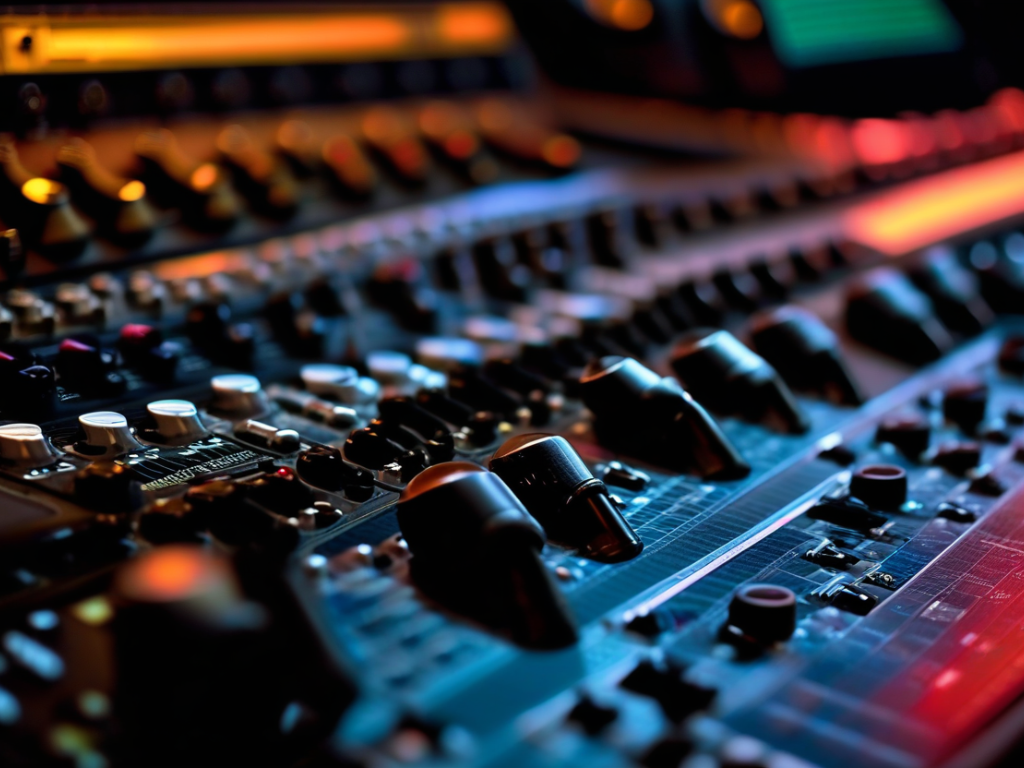As audio enthusiasts, we all strive for the best listening experience possible. One of the key ingredients to achieving this is mastering EQ effectively. Equalization is a powerful tool that can make or break a mix, allowing you to sculpt the frequency balance of your audio to perfection. In this step-by-step tutorial, we will delve into the art of mastering EQ, providing you with the knowledge and techniques needed to elevate your audio game.
In this article you will find:
- Understanding EQ Basics
- Types of EQ
- Setting Up Your EQ
- Targeting Frequencies
- Applying EQ Techniques
- Notch Filtering
- Using EQ in the Mastering Chain
- Comparing Before and After
Understanding EQ Basics
Before diving into mastering EQ, it’s essential to grasp the basic concepts. Equalization involves adjusting the volume of specific frequency ranges within an audio signal. Each frequency range corresponds to a specific tone, from the deep rumble of bass frequencies to the crisp sparkle of high frequencies. By manipulating these frequencies, you can enhance clarity, balance, and depth in your audio.
Types of EQ
There are two primary types of EQ: graphic EQ and parametric EQ. Graphic EQ offers fixed frequency bands with set levels that can be boosted or cut. Parametric EQ, on the other hand, provides more flexibility, allowing you to adjust frequency bands, gain, and bandwidth. For mastering purposes, parametric EQ is often preferred for its precision and control.
Setting Up Your EQ
When mastering audio, it’s crucial to start with a flat EQ curve. This means having all frequency bands set to zero dB to ensure a neutral starting point. From there, identify problem areas in your mix, such as muddiness in the low end or harshness in the high frequencies, and address them using targeted EQ adjustments.
Targeting Frequencies
To effectively use EQ, listen critically to your audio and identify frequencies that need adjustment. For example, if vocals sound dull, you may need to boost the mid-frequency range to add clarity and presence. Conversely, if the mix feels boomy, reducing lower frequencies can help clean up the sound.

Applying EQ Techniques
When applying EQ, it’s essential to make subtle adjustments and trust your ears. Avoid drastic changes, as these can introduce artifacts and unnatural sound. Use broad strokes for broad fixes and narrow adjustments for pinpoint precision.
Notch Filtering
Notch filtering is a technique used to surgically remove unwanted frequencies. By setting a narrow bandwidth and cutting specific frequencies, you can clean up your mix without affecting surrounding tones. This is particularly useful for eliminating resonances or harsh spikes in your audio.
Using EQ in the Mastering Chain
EQ is just one component of the mastering process. When incorporating EQ into your mastering chain, consider its placement and interaction with other processors, such as compressors or limiters. Experiment with different EQ settings to find the sweet spot that enhances your audio without compromising its integrity.
Comparing Before and After
A great way to gauge the effectiveness of your EQ adjustments is to compare the audio before and after processing. Use A/B testing to switch between the original and EQ’d versions, listening for improvements in clarity, balance, and overall tonal quality. This real-time feedback can guide your EQ decisions and help you achieve the desired sonic results.
Mastering EQ is a nuanced art that requires practice, patience, and a discerning ear. By mastering the fundamentals of EQ and honing your skills through experimentation, you can unlock the true potential of your audio recordings. So, grab your favorite tracks, fire up your EQ plugin, and embark on a sonic journey that elevates your listening experience to new heights.

